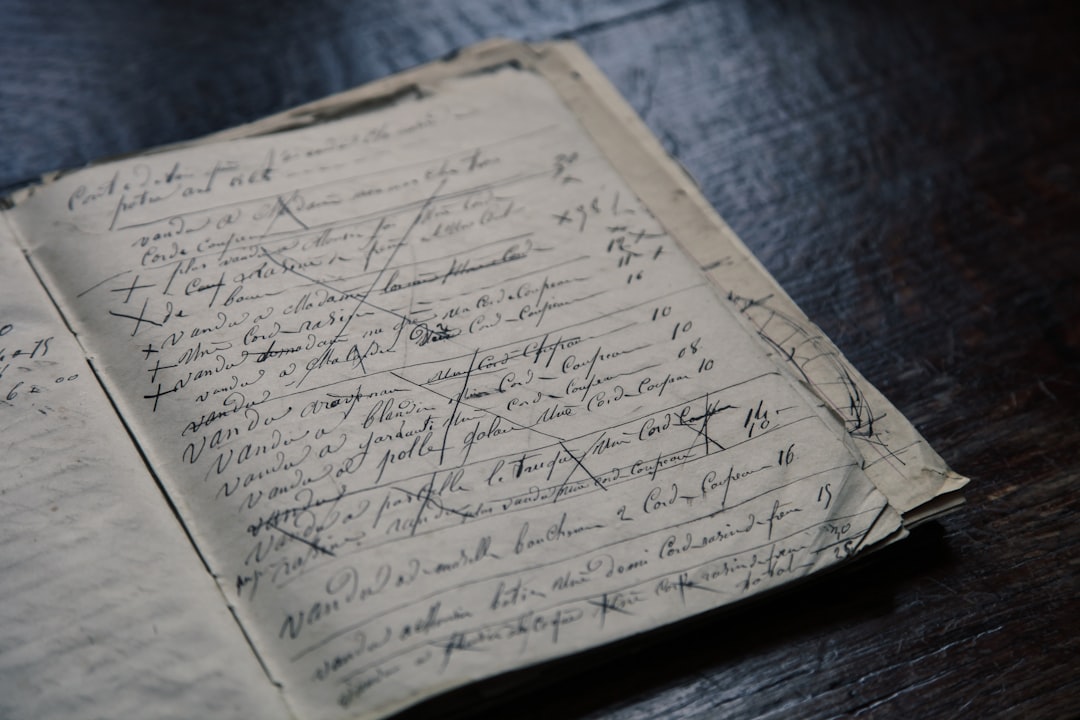What is it about?
In several species of mammals and birds, individuals in social groups develop friendships with other group members and the friends help each other. Traditional evolutionary explanations of this cooperation predict strict and immediate reciprocity, but this does not agree with observations. Here we provide a new explanation, where reciprocity is not so strict and occurs over a longer time scale, as has been found empirically, for instance in studies of vampire bats. We find that individuals prefer to associate with their bonded partners and use the strength of bonds when deciding who to ask help from and how much help to offer. Interestingly, we also find that individuals evolve to extend their social network by forming new friendships.
Featured Image

Photo by Casey Allen on Unsplash
Why is it important?
The search for evolutionary explanations of cooperation between members of social groups started with work by Bob Trivers, more than 50 years ago, but it has remained without decisive resolution since that time. Our suggested resolution is to incorporate psychological mechanisms of social bond formation into game theory, in this way achieving a much better correspondence to real animal behavior. The evolutionary origin of social bonds might be mother-offspring relations.
Perspectives
I hope that our work inspires biologist to further investigate the dynamics of social bonds in different group-living species, including studies on how new bonds are formed.
Olof Leimar
Stockholm University
Read the Original
This page is a summary of: Social bond dynamics and the evolution of helping, Proceedings of the National Academy of Sciences, March 2024, Proceedings of the National Academy of Sciences,
DOI: 10.1073/pnas.2317736121.
You can read the full text:
Contributors
The following have contributed to this page










